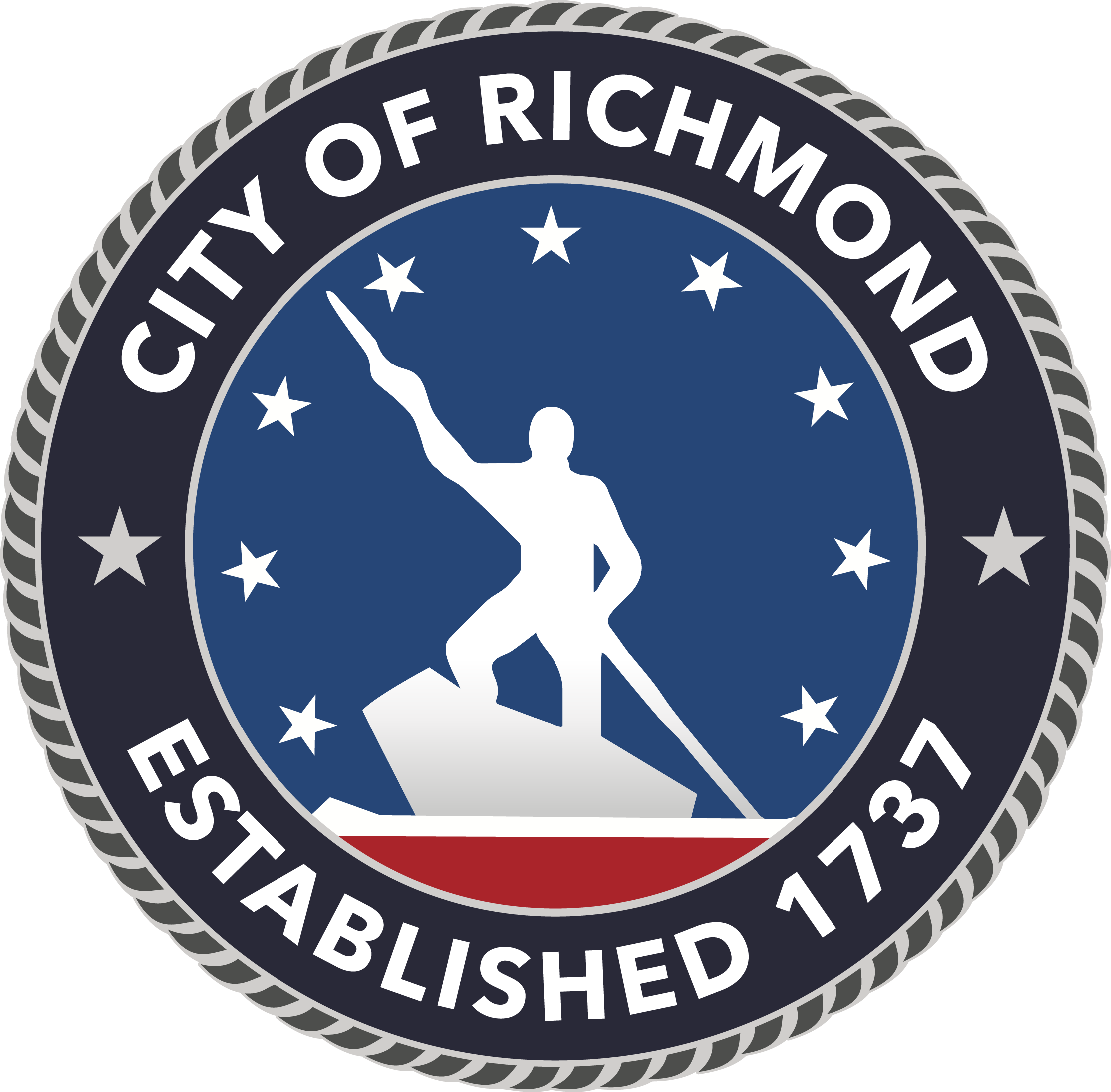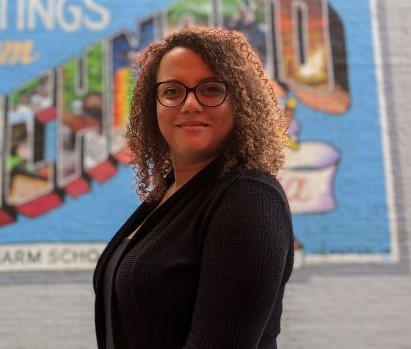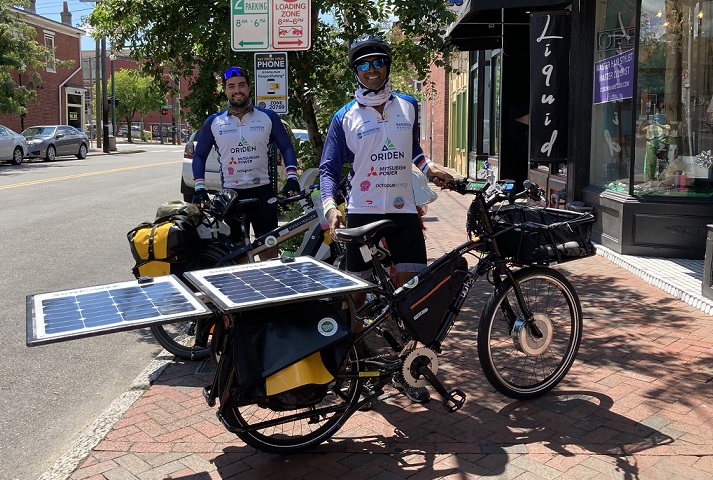RVAgreener Highlight: Parker
Meet RVAgreener Parker! A Richmond neighbor for over 15 years, Parker moved here from Virginia Beach. Parker served on City Council for seven years and carried the nickname “Lorax” as he “spoke for the trees.” Now, he works as the Executive Director of Capital Region Land Conservancy (CRLC). Read more about CRLC’s work in the organization highlight below.
On a regular day, you can find Parker reaching out to employees and making job assignments. He also calls donors and communicates with board members on important decisions. He talks with attorneys about land trust-related matters. Parker also takes time out of his day to answer general inquiries from the public. Overall, Parker helps CRLC do environmental due diligence.
CRLC is Richmond’s only land trust. They find land that needs to be protected and create more public green spaces. They support urban agriculture as well, with agriculture being the largest industry in Virginia. Virginia’s economy requires land and CRLC helps maintain the land.
Parker’s work is more important than ever as environmental changes sweep the nation. He is motivated by the passion of the younger generations to improve the state of the Earth and create a sustainable future. That is why he is so excited about RVAgreen 2050 because it will help the Richmond community achieve a sustainable future.
Author: Brian Park, University of Richmond Bonner Scholar
A Parks Partnership with Capital Region Land Conservancy
Parks help us stay cool in the summer and stay healthy by giving us opportunities to exercise and connect with nature. But not all Richmonders have access to these benefits. How do we make sure all Richmonders can access a park or greenspace within a 5-minute walk, bike, or bus ride? The Capital Region Land Conservancy is helping to make that vision a reality one park at a time.
If you have ever seen the RVAgreen 2050 Climate Equity Index, you know access to green space depends on the neighborhood you live in and how much money has historically been invested in your community. Low income, Black, and Latino neighborhoods in Richmond are hotter, have fewer parks and trees, and have less access to transportation. RVAgreen 2050 is identifying where these neighborhoods are, connecting with those communities, listening to their needs, and identifying priorities for the city’s first climate action and resilience plan. The City of Richmond does not always have the resources to buy land and build new parks—and that is where a local land trust like the Capital Region Land Conservancy comes in!

Capital Region Land Conservancy (CRLC) is a long name that means protecting the land, waters, and forests that you love in the Richmond region. You may know CRLC for writing the conservation easement that protects the James River Park System or from buying riverfront property on Dock Street recently to protect the view from Libby Hill and open new space along the river to the public. Capital Region Land Conservancy works by using government grants and individual donations to buy land where it is needed most to protect ecosystems, natural resources like water, historic resources like battlefields, and provide benefits to the community as parks. CRLC then turns over that land to the City of Richmond Parks Department, National Park Service, or another government entity with a contract saying the government will turn the land into a park and care for the land forever.
CRLC wants their work to be equitable and impactful to the community and better suit the community’s needs in Richmond. That’s why CRLC is working with the city to build new parks in Southside Richmond, like their new project on Warwick Road. CRLC recently received a donation of 13 wooded acres of land on Warwick Road which they hope will become a city-owned public park after a thorough community engagement process. This new park will connect the Deerbourne and Walmsley neighborhoods, where 51% of households are below the poverty line, and provide a space for students at Thomas C. Boushall Middle School to learn about watersheds and the environment!
As we continue building partnerships between the City of Richmond, communities on the frontlines of climate change, and non-profit organizations to create new green spaces in Richmond, CRLC will continue to improve how they make the community’s vision a reality.
So, does your neighborhood need a new park? To learn more check out the RVAgreen 2050 Climate Equity Index or connect with the Capital Region Land Conservancy, by emailing Peter Braun at peter@capitalregionland.org or visit their website.
Facebook: Capital Region Land Conservancy
Twitter: @CapRegionLand
Instagram: @capitalregionlandconservancy
Author: JaVonne Bowles, RVAgreen 2050 Racial Equity & Environmental Justice Roundtable and Working Group member



 Meet RVAgreener Jeremy - or as you may be know him, Dr. Hoffman from the Science Museum of Virginia - the gentleman that made us more aware of the urban heat island effect and its impacts to our beloved city.
Meet RVAgreener Jeremy - or as you may be know him, Dr. Hoffman from the Science Museum of Virginia - the gentleman that made us more aware of the urban heat island effect and its impacts to our beloved city. I am originally from California and moved to Chesterfield, VA as a child. After obtaining an Associate Degree in Science, I moved to Richmond to attend VCU in 2004. In 2007, I moved to Phoenix, AZ. After living in the desert for a few years, I moved back to Richmond in 2011 with a new perspective on how climate change and heat affects our health. Living in a different (much hotter) climate caused me to change the way I lived day to day. I moved back to VA and all of its glorious humidity and under 100-degree temperatures as soon as I could.
I am originally from California and moved to Chesterfield, VA as a child. After obtaining an Associate Degree in Science, I moved to Richmond to attend VCU in 2004. In 2007, I moved to Phoenix, AZ. After living in the desert for a few years, I moved back to Richmond in 2011 with a new perspective on how climate change and heat affects our health. Living in a different (much hotter) climate caused me to change the way I lived day to day. I moved back to VA and all of its glorious humidity and under 100-degree temperatures as soon as I could.




